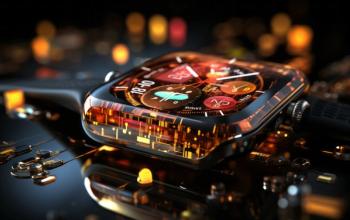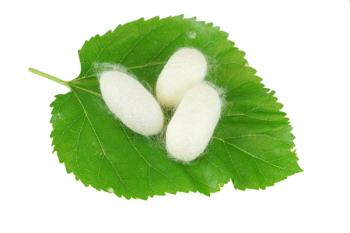
- Spectroscopy-02-01-2014
- Volume 0
- Issue 0
Field-Portable Sampling for ICP Spectrometry: Bringing a Part of the Lab to the Sample
An interview with Vassili Karanassios, of the University of Waterloo in Waterloo, Ontario, Canada. His research focuses on micro- and nano-analysis and the development of miniaturized instruments for on-site applications.
An interview with Vassili Karanassios, who is a Professor in the Department of Chemistry and the Waterloo Institute for Nanotechnology at the University of Waterloo, in Waterloo, Ontario, Canada. His research focuses on micro- and nano-analysis and the development of miniaturized instruments for on-site applications.
You have noted that the sample introduction efficiency of conventional pneumatic nebulizers for inductively coupled plasma (ICP) spectrometry is typically only 1–3% and is a key limitation. Why is it so low?
To generalize, it is not the pneumatic nebulizer but the spray chamber a nebulizer is typically attached to. The nebulizer generates a fine mist (akin to fog) from an analytical sample or from a blank. The droplets of this mist have a wide range of diameters, with many droplets being larger than others. Because the residence time of droplets in an inductively coupled plasma is 2–3 ms, larger droplets may not be completely desolvated as they travel through the plasma. Thus, any analyte contained in larger droplets will likely generate a signal disproportional to the concentration of the analyte in the droplet. Smaller droplets, on the other hand, are more likely to be completely desolvated and thus generate signals proportional to analyte concentration in the droplet. Thus, the analytical signal becomes dependent on droplet size.
To ensure that a narrow and reproducible range of droplet diameters enters the ICP, nebulizers are connected to a spray chamber. Although there are many spray-chamber designs, a key function of any spray chamber is to ensure that a small, narrow range of droplet diameters is introduced into the plasma. Thus, larger-diameter droplets are excluded and are drained into a waste-collection vessel. It is during this step that large sample-introduction inefficiencies are introduced.
A field-portable rhenium coiled-filament sampling device for ICP spectrometry that was developed in your laboratory reportedly provides much improved sampling efficiency over traditional nebulizer systems. How did the idea for this device come about? Were other systems tested that met with less success?
Our near-torch vaporization (NTV) system falls in the general category of electrothermal vaporization (ETV) sample introduction for ICP spectrometry, and ETV systems have been around for decades. Although many ETV designs have been described in the literature, to generalize, a typical ETV sample introduction system uses a graphite support (for example, a graphite tube) as the sample holder. There are three main problems with graphite-based ETV sample introduction systems:
- The use of graphite promotes carbide formation. Because a large number of elements across the periodic table form carbides and because carbides typically have very high vaporization temperature, such elements either do not vaporize at all or they have incomplete vaporization. This incomplete vaporization occurs because a typical graphite-based ETV system can reach a maximum temperature of only about 2800 °C. There are ways of alleviating the adverse effects of carbide formation, but they typically include chemical modification, thus complicating method development and instrumentation. In general, applicability of graphite-based ETV systems is limited to volatile, non-carbide-forming elements (for example, Pd, Cd, and Zn).
- Because the graphite support of ETV systems has a relatively large mass (for example, 250 mg), a relatively large power supply must be used (for example, one delivering up to 5 kW). This requirement increases purchasing and operating cost of instrumentation.
- Because the size of the vaporization chamber for a typical ETV system is relatively large (roughly the size of one's fist), such systems cannot be brought very close to an ICP torch. They are typically operated 0.5–1 m away from the torch, with a tube connecting the ETV vaporization chamber to the torch. The length of the tube dictates transport losses. As a rule of thumb, the longer the tube, the higher the sample loss. In many cases and depending on vaporization power used, black deposits (from carbon vaporizing from the graphite support) can be seen collecting in the tube after only a few hours of operation. Therefore, frequent tube cleaning or tube replacement is required, thus also necessitating recalibration. For ICP–mass spectrometry (ICP-MS) and in addition to tube replacement, carbon entering the ICP forms "gas phase carbides" that often cause isobaric interferences and spectral interference effects.
This interview has been edited for length and clarity.
To read the full interview visit:
Articles in this issue
almost 12 years ago
Baseline Correction for Raman Spectra Based on Piecewise Linear Fittingalmost 12 years ago
Units of Measure in Spectroscopy, Part I: It's the Volume, Folks!almost 12 years ago
News Spectrumalmost 12 years ago
Vol 29 No 2 Spectroscopy February 2014 Regular Issue PDFNewsletter
Get essential updates on the latest spectroscopy technologies, regulatory standards, and best practices—subscribe today to Spectroscopy.





